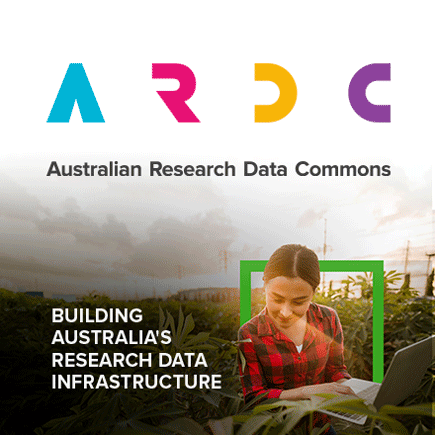Full description
DSM is a collaborative workspace for researchers working on digital soil mapping in Australia. This workspace is the initiative of the Advisory Group on Digital Soil Assessment, a working group of the National Committee on Soil & Terrain. The website is part of an interoperable web-GIS maintained by the Centre for eResearch and Digital Innovation (CeRDI) at Federation University Australia (FedUni).
The International Union of Soil Sciences Digital Soil Mapping Working Group defines DSM as "creation and the population of a geographically referenced soil database, generated at a given resolution by using field and laboratory observation methods coupled with environmental data through quantitative relationships."
Digital Soil Mapping (DSM) utilises numerical methods and information technologies to produce predictive maps of soil types and their properties. DSM relies on traditional field mapping, observations and laboratory analyses for soil data but also utilises spatial models of landscape terrain and remotely-sensed properties. Typically numerical methods such as interpolation algorithms and data mining are used to create the maps.
OzDSM in collaboration with CeRDI is developing a digital soil mapping tool, and a demonstrator version is displayed on the site. A range of data is included, such as nutrient budgets and soil pH, and with extra data available for the Corangamite Catchment Management Authority region including landslides, erosion and salinity.
Data time period: 2007 to 2012
Spatial Coverage And Location
text: Victoria
User Contributed Tags
Login to tag this record with meaningful keywords to make it easier to discover


